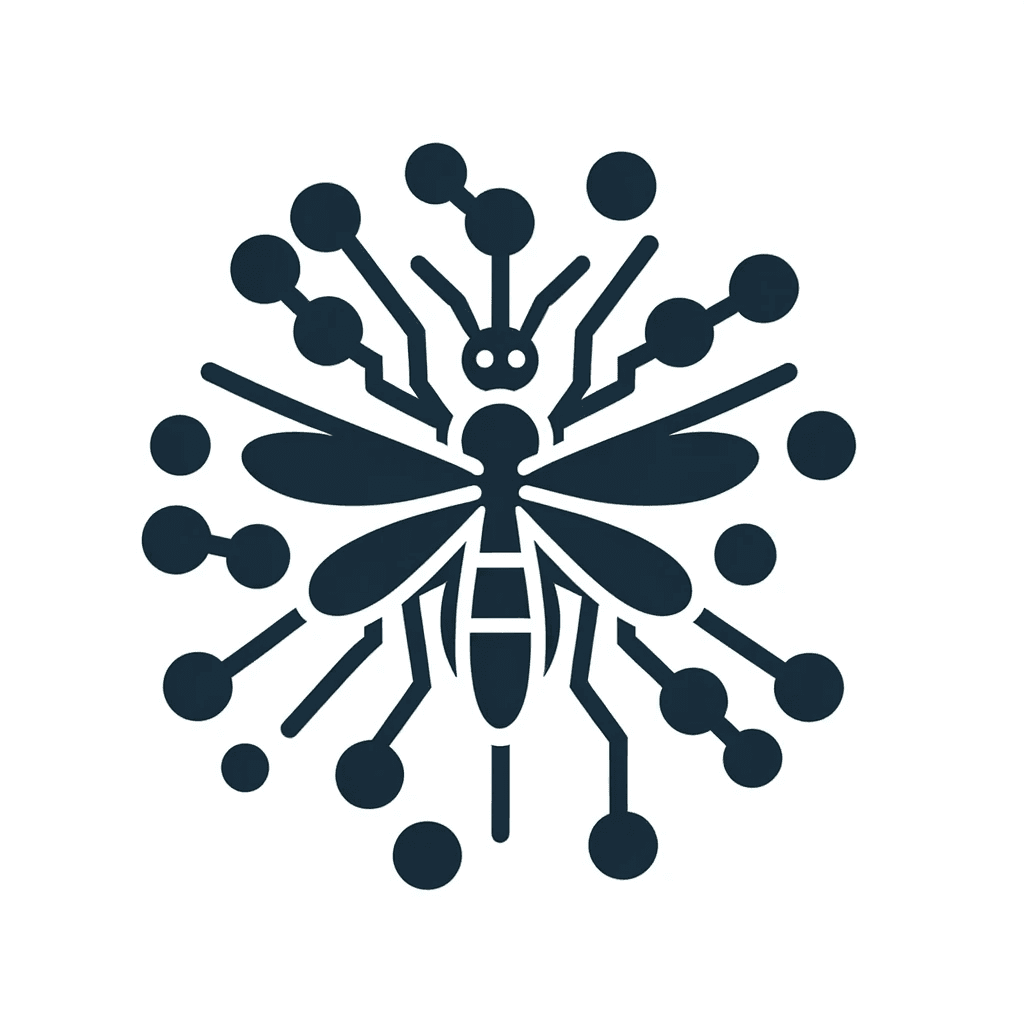Download A4Medicine Mobile App
Empower Your RCGP AKT Journey: Master the MCQs with Us!

Arboviruses, short for arthropod-borne viruses, constitute a significant and diverse group of viruses that are transmitted to humans by arthropod vectors such as mosquitoes, ticks, and sandflies. Their importance in global health has been increasingly recognized due to their widespread distribution and potential to cause emerging diseases. Here, we will focus on the aspects of arboviruses that are particularly relevant to their neurotropic characteristics and the resulting clinical manifestations.
There are more than 500 known types of arboviruses worldwide, and about 150 of them can cause diseases in humans. Interestingly, this might be just a small fraction of all arboviruses, as many of them primarily affect animals and not humans. The most common arboviral disease globally each year are dengue fever, with about 96 million cases, followed by chikungunya virus, Zika virus, yellow fever, Japanese encephalitis, and West Nile virus.
In addition to these well-known diseases, other arboviruses are emerging or re-emerging as health concerns. These include Eastern equine encephalitis, St Louis encephalitis, La Crosse encephalitis, and others. It's important for doctors to keep these diseases in mind, especially as they can sometimes be confused with COVID-19 due to similar symptoms and laboratory features. For example, there was a case...
Try our Free Plan to get the full article.